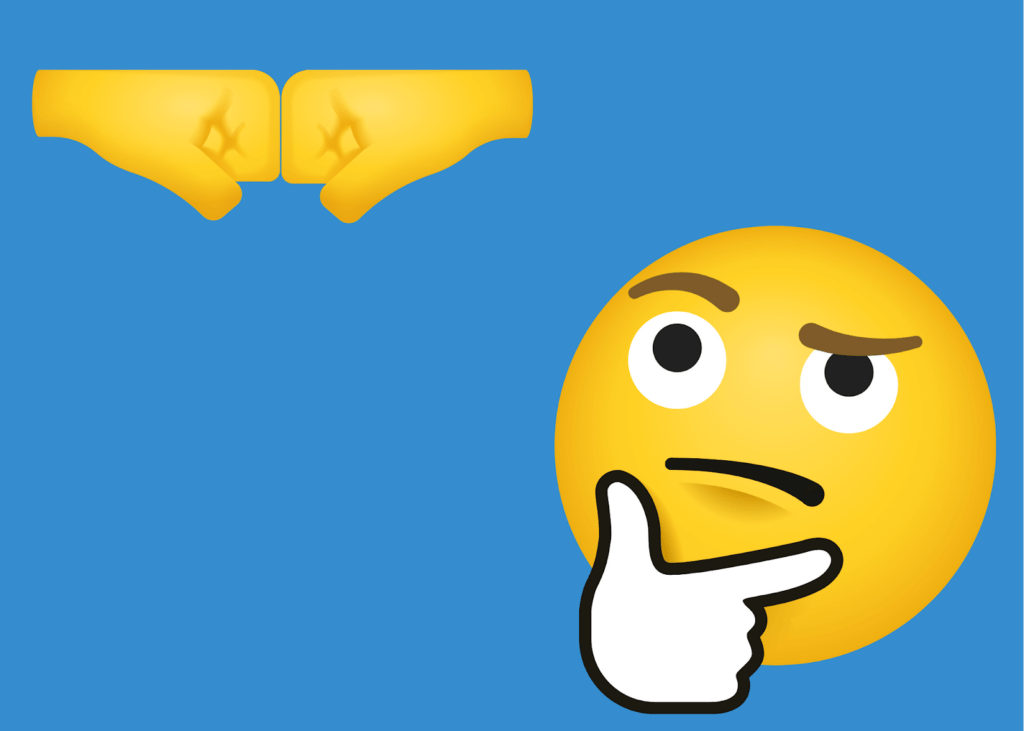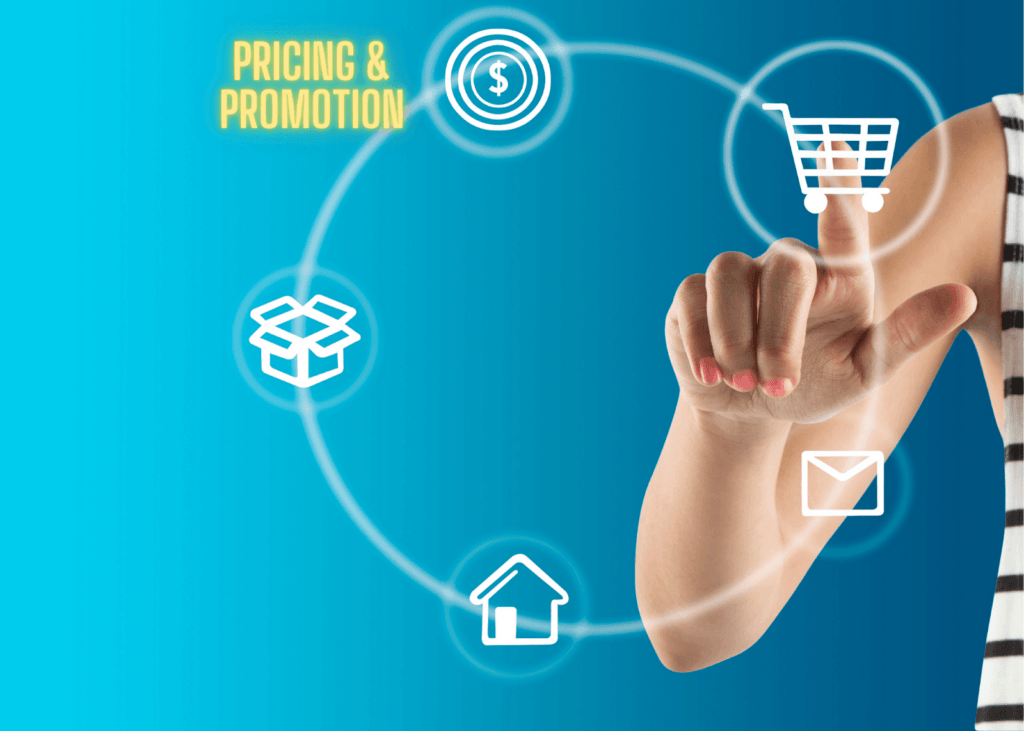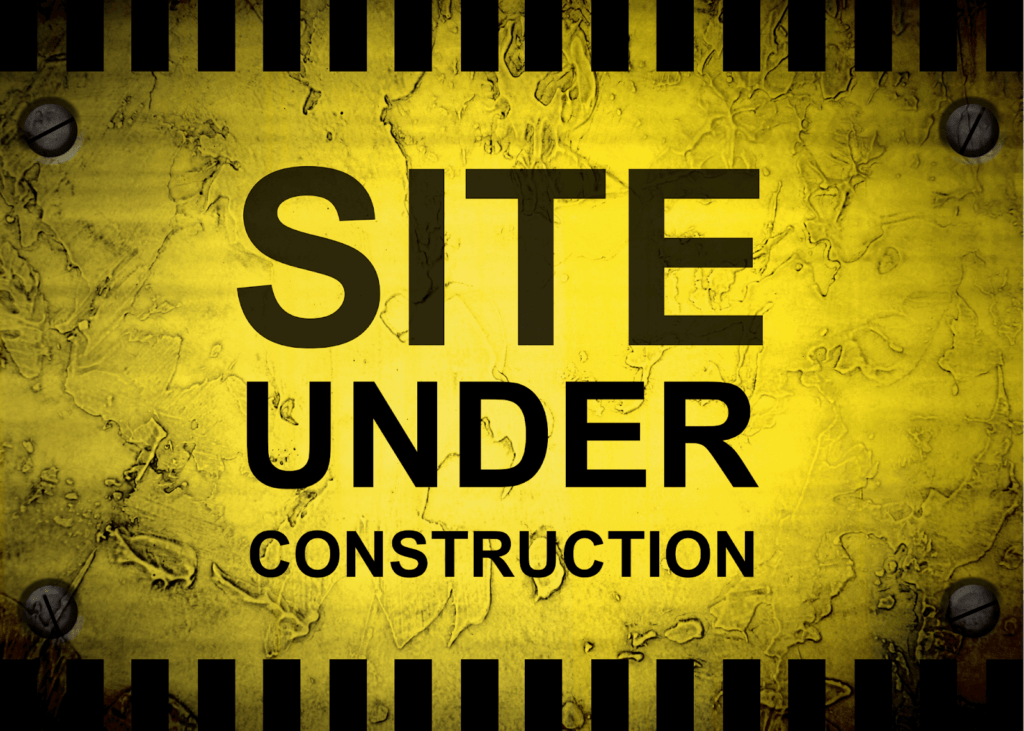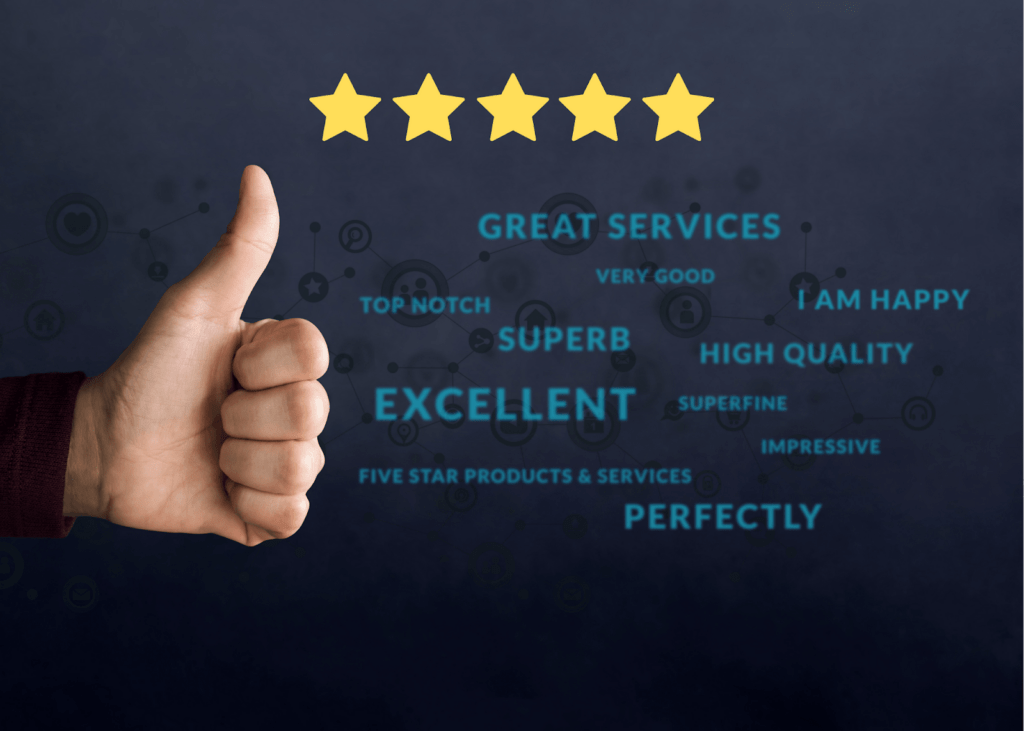Ecom Competition Is Your Friend!

Aleksandar Nikoloski | Feb 16, 2021
Reading Time: 6 minutesHow cool it is that we can jump onto a computer or phone and, in just a few minutes of searching, find some serious strengths and weaknesses of our ecom store competitors. We can also find the major factors for why the competitors are crushing it … or why they’re not!
I firmly believe that there’s no reason to get all competitive with your competitors. Instead of psychologically turning the competition into enemies I need to conquer, I like to think of my ecom competitors as friends and even teammates. That way, I can put a lot of my energy into learning from them instead of fretting about being intimidated by them or obsessed with crushing them.

There are six main areas that I like to dive into when checking out my “friend” sites.
Note: In this article, let’s keep it simple by looking at ecommerce competitors that are in your ball field. Assume all are similar to you in niche, pricing range, product(s), and demographics.
1. Pricing
Okay, let’s jump right in and take a look at pricing, which is one of my favorite things to look at when it comes to ecommerce stores.
First, see if you’re in the general vicinity of the competition’s pricing and then make some comparisons:
- If you have a product that you feel is of higher quality than the competition’s, then you may want to go for more luxe pricing, higher than the price they charge for the product.
- If you find that your product is comparable to the competition’s, then it’s wise to have a price that matches or possibly even undercuts the competition by a small percentage.
Also, see what kinds of promotions your competitors are offering. This can spark some new ideas you haven’t thought about yet. Examples include:
- Free shipping if x amount is spent
- Holiday specials
- Single-item specials to focus marketing on one hot item for a period of time
- Upsells, down-sells, and cross-sells
Make it a goal to find a base price that works for you economically, conveys what you want the pricing to say about your product, and works when you factor in any planned promotional incentives.

2. Store Look
I recently ran across this with a client in the supplements niche. They wanted to know if they could possibly do a store makeover and make their store look more like the competitor’s store. Well, yes—it’s 2021 and we can figure out how to do just about anything—but you do not want to be a clone!
You are unique—and you want to take advantage of that. Even if you’re rebranding and need a full store revamp, keep it unique. The neat thing is that, by looking at a competitor’s store, you can get some very good ideas about ways to improve visual aspects of your store.
Don’t get caught up in trying to be someone or something you’re not. Focus instead on what’s more important, like offering a neat, appealing, professional, and noncluttered store with great functionality that gets your customers to the cart and through the checkout process. That’s really key!

3. Copy, Images, and Icons
Copy is huge in the ecommerce world. Take a look at how your competitors’ copy is worded. With the mindframe of a customer, are you intrigued by their copy? Is it good, bad, confusing? You want to rock the copy, so go back and look at your own. How do you feel you compare? Make adjustments as needed but not by copying your competitor’s text—as mentioned above, your store (and your copy) should be unique and true to your own brand.
Consider the look of your competitors’ copy. For example, is there so much text on a given webpage that it’s difficult to read? Keep those impressions in mind so you can be sure to avoid the “wall of text” in your own store! You want your customers to find the information they need within just a few seconds of reading.
Another thing you can learn by looking at a competitor’s store is how well images and icons work—on their own as well as with copy:
- What do you think about the quality of your competitor’s images? It’s especially important to make sure your images are of a high quality, not blurry or pixelated. (But keep an eye on your image file size to avoid slowing down your site. Shopify recommends a 70KB file size or smaller.)
- Is the combination of copy and images attractive and professional? Compare that to your own site: Do your images and copy truly convey what you want them to, based on your brand?
- Is the combo of images and copy fun? Is it informative? On your site, utilize your copy, images, and icons as a whole to strongly represent your products and brand.

4. SEO
SEO plays a huge role in bringing your store to the attention of potential buyers. Content is a major factor, and keywords usage and placement is also crucial. There are in-depth articles around the internet that discuss content and keywords usage that are worth reviewing. And of course there are SEO specialists.
But when it comes to your competitors, it can be difficult to know exactly what they’re doing for SEO internally. However, it’s still a good idea to do some simple analysis.
Google search for products in your niche. Do you see your competitors popping up on the first page or at the top of the results? Where does your store appear in a search relative to your competitors?
SEO is an involved topic that’s worth studying and applying. But even without that knowledge, if you see that your competitors are standing out in searches where you aren’t, then at least you know you should be focusing on SEO so you can join (or surpass!) your ecom friends at the top.
5. Customer Service
Customers love great customer service. I can almost bet that you do too, so go through your competitors’ sites with a customer mindset to see who is at the top of their game for customer service!
You can also see in their reviews if their customer service is A+ because happy and unhappy customers will definitely mention it.
There are many aspects of your competitors’ customer service that you can learn from:
- Check out their shipping and returns policy. Can you beat their return policy? For example, can you offer a 90-day return versus their 30-day return?
- How do they present their contact information? Do they make it easy to reach customer service?
- How available are they? Do they have a live chat?
All of these are important aspects of offering effective—and praised—customer service at your ecommerce store.
6. Last But Not Least, Reviews
Do your competitors have good and functional review sections? It’s helpful to analyze the look and feel of those sections. Are customer pictures clear and easy to see? Can you navigate the review section by ratings and search for specific reviews?
By looking at the review content, you can pick up on customers’ likes and dislikes about the store and their shopping experiences. Customers tend to get very honest sitting behind a computer and will tell you a lot about your competitors! Make use of that tendency and compile reports of customers’ positives and negatives.
Recently, as I was doing a competitor analysis for an ecommerce store client, I found so many helpful hints from their competitor’s customers: Did they like certain promotions? Did they like the return policy? Did they like or dislike the shipping experience? And there was more, much of it applicable to the client’s website.

Conclusion
Your mindset about your competitors is key! Think of them as friends who are supplying you with useful information about what does and doesn’t work on their sites:
- Browse their websites as though you are a customer.
- Make notes as you go along, keeping track of negatives and positives—both from what you experience as a “customer” and from what their customers say in store reviews.
- Notice excellent and not-so-excellent copy, images, and icons.
- Compare their pricing and promotions to your own.
You can learn so much, both positive and negative, from a few hours of browsing each competitor’s ecom store. Don’t clone or copy, but do apply the valuable information you learn to improving your unique store.
Resources
Hayes, M. (2018). 10 Must-know image optimization tips. Shopify Blog.
About the author
Aleksandar Nikoloski
Aleks is BGS’s Head of Revenue Optimization, an author, and a speaker. He has helped rapid-scale dozens of 6, 7, and multiple 8-figure stores as part of BGS’s Amplify Partnership program. He has gotten one store from $2.6 million a year to $6.7 million a year in 24 months, while another from doing $300k/month to doing over $2 million/month in less than 6 months, just to mention a few. The BGS team calls him the “Site Whisperer” because of his ability to find site nuances that derail the customers’ journey and cause purchase friction. Extremely meticulous and analytical, he credits all of this success to data and accurate interpretation of that data, as well as his ability to implement and test new ideas almost immediately.






